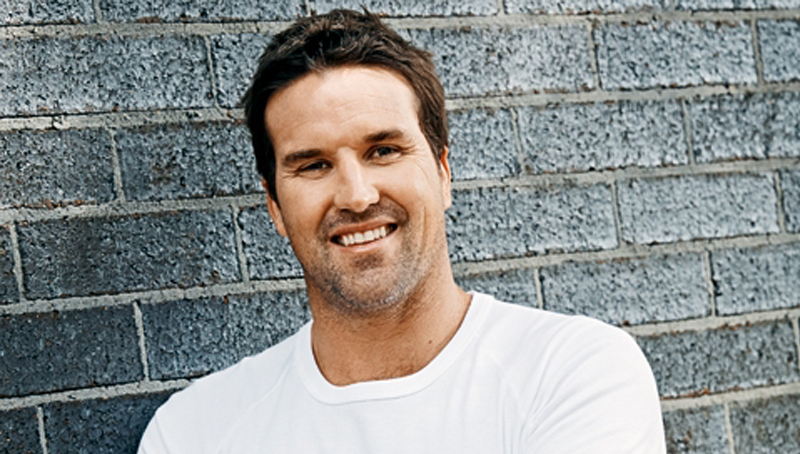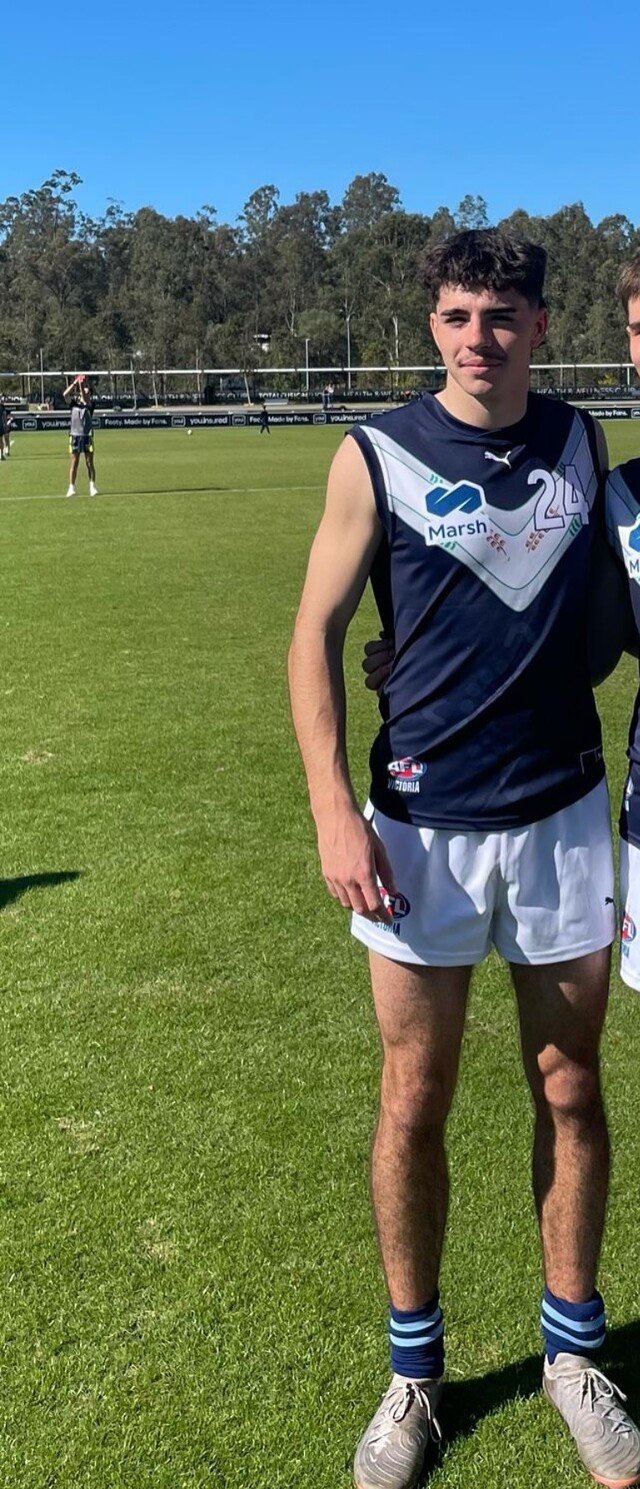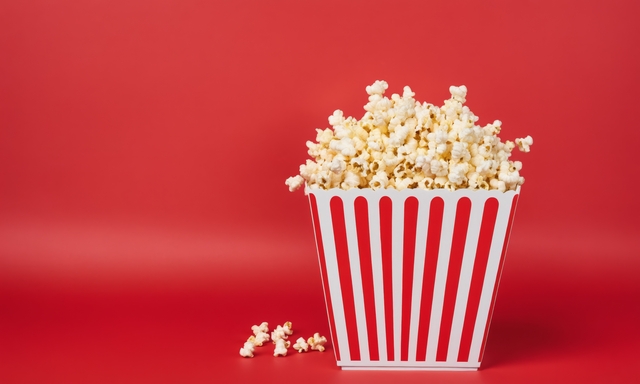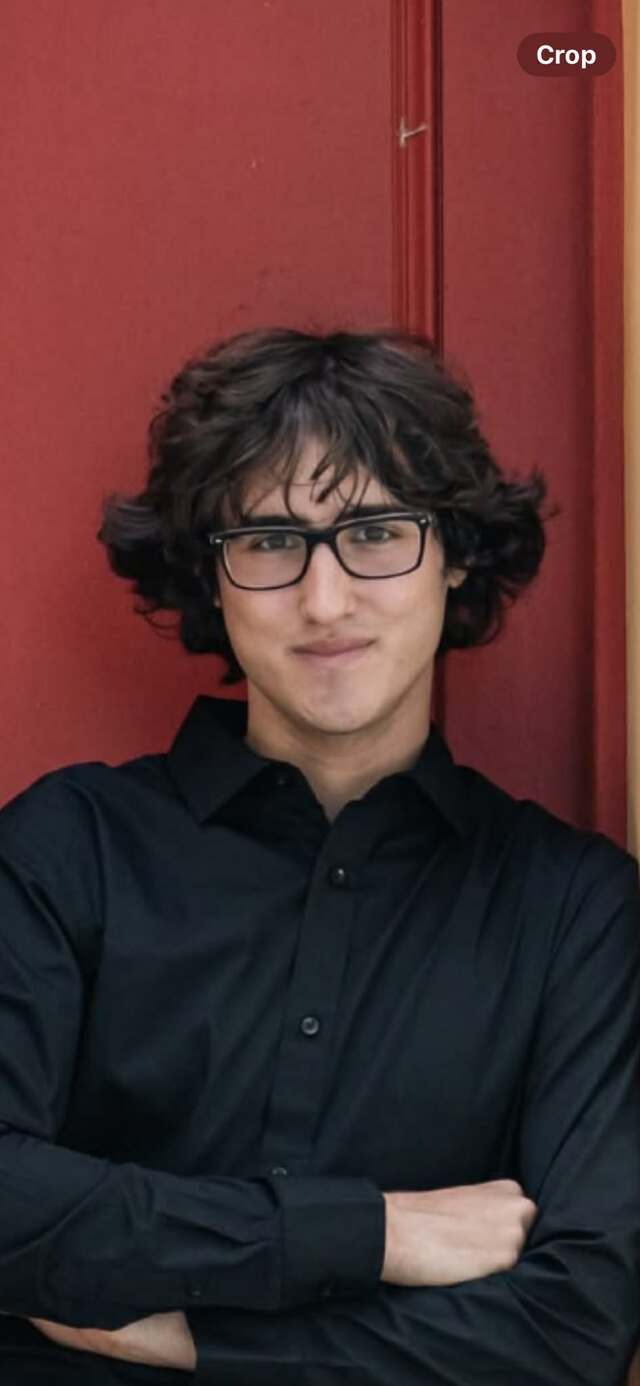The interview was meant to be about Roger Federer – his career, his slipping ranking and the notion that he is the greatest tennis player of all time. But all the likeable Swiss wanted to talk about when we met in a hotel in Manhattan three months ago was Lleyton Hewitt, who he had been hitting with earlier in the day in preparation for the US Open. And Pat Rafter. What was meant as a conversation starter, that he, Federer, seems to get along well with Australian players, turned into a passionate tangent.
In a sport where players are often “too nice to each other”, Federer explained, Aussies are “tougher”, they “go after” their opponents, and he likes that.
The sentiment echoes what Federer shared in 2011, when he said Rafter “intimidated” him early in his career: “Stars like Pat were people I really looked up to, even though I knew I could beat them,” he said in The Age.
Former world No. 1 tennis player, Patrick Michael Rafter, who turned 40 last year, couldn’t be further from the Big Apple today. He’s speaking from the set of his last-ever Bonds ad, which is being filmed in a suburban street in Wheelers Hill in Melbourne’s south-east. But before we get down to his underwear, his nice-guy image and life after tennis, the question must be asked, what did he think of Federer as a player and how did he manage to get the wind up him?
“For me, he was the greatest I’ve ever seen, but when he first came on the tour he was a pussy,” Rafter says with a straight-talking edge that immediately makes you reconsider your perception of him. He is far more opinionated and far less diplomatic than the pal-in-a-singlet you’re expecting. It is an excellent turn of events as far as the interview is concerned.
Tennis trivia buffs will tell you Rafter was Federer’s first opponent in a grand slam tournament when they met in the first round of the French Open in 1999. After losing the first set 7-5, Rafter smashed “The Fed” 6-3, 6-0, 6-2. He’s also the only player to have always won against Federer, beating him in all three matches they played. Rafter retired in 2002 just as The Fed’s career was taking off.
“He was this fresh-faced kid who looked up to everyone back then. He loved the older guys. He had too much respect for us Aussie boys when he first came on. He was a bit soft mentally, too. It was the worst part of his game until he was 20 years old; he struggled to fight and hang in the matches.
“I never played him when he was at the top of his game, when he was really in another league to me. I played him the week before he beat Sampras at Wimbledon. I played him in a tournament and he had me down four or five match points. And I thought, ‘Shit, this guy is there. He’s starting to believe in himself’.”
Federer railing – albeit gently – against his nice-guy image and the gentility of the game is something Rafter can relate to. His media persona, as a knockabout Aussie with a megawatt smile and laid-back attitude, was, at times, a “tough thing to live up to”.
“What Roger’s trying to do there is say, you know what, we are going to be explosive at times. And that’s just being human. It’s just competitiveness. I could be a mongrel, too,” Rafter says.
Indeed he could. Just ask Pete Sampras, who snubbed him after Rafter’s first US Open win in 1997 with his comment that a player needed to win a second grand slam tournament to be considered great. When Sampras was asked what the difference was between him and Rafter, he answered “10 grand slams”. “That is what really upsets me about him,” Rafter said at the time, pausing a few beats before concluding with, “and the reason why I try to piss him off as much as I can”.
“I mean we all show our different ways of being competitive,” he tells me today. “I try to do it within the rules, but if someone is playing outside the boundaries in my eyes, I was very happy to get in their face and go to town on them. I had a few run-ins, especially with (Jeff) Tarango. I thought he was a bit of a prick.”
If there are any memories of Rafter the mongrel, they’re way back in the drawer, behind the luminous glow of a whole lot of tighty whities. It might make some readers feel a little older to learn that Rafter has been a Bonds ambassador for more than a decade.
The serve-and-volley specialist retired in 2002, with a record that explains his induction to the Sport Australia Hall of Fame in 2006: two US Open titles (1997, 1998), twice runner-up at Wimbledon (2000, 2001), and reaching world No. 1 in 1999 for a week, the shortest reign in ATP (Association of Tennis Professionals) history. Add to the list his title of Australian of the Year in 2002 and you have one revered Aussie.
Despite his vivid recollections of the sport’s virtuoso artist – Federer – as a young man and of the odd altercation, and success on and off the court, Rafter does not speak about this era with extra fondness or as “golden days” to be later subsumed by life and all its mundanities. Rather, it’s fatherhood he describes as “unbelievable”. He and his wife Lara Feltham have two primary school-aged children – Josh and India – who were born after he retired at 29.
“I was still young when I retired,” Rafter says. “I’d had enough of the game. I was ready to stop. And I was going out, for me, towards the top of my game. I’ve liked all the stages of my life: first growing up and then I had my tennis, and then after that my family and the bit of work that I do. I don’t often reflect back on tennis. It obviously comes up in conversation. But family’s my life now and I love it. Tennis also is still part of my life in a way, but it’s not how it used to be.”
The “bit of work that he does” now is captain our Davis Cup team. When quizzed about the future of Australian tennis, he’s positive but he’s pleading for our patience: “People on the street ask me who we’ve got coming up and I say, ‘If you’ll just wait five years, you’ll find Australia being very strong’.”
The job involves “full-on” travel, which impinges on him playing in many legends events around the globe. How often does he have a hit these days? “I try and do two one-hour hits a week,” he says. “I try to keep fit. It’s a good way of doing it. But after an hour I start to get bored with it. During the Davis Cup stuff, there’s a fair bit of hitting with guys. We’ll do two hour-long sessions a day and I enjoy that. But you have to take care of your body and I don’t like waking up sore.”
Keeping fit has also become an occupational necessity for the Sunshine Beach, Noosa, resident who has spent the past decade baring his torso for Bonds. While the Y-fronts (and the boxers, briefs and trunks) have fitted and he’s worn them to the point where it’s faintly disorienting to be in the presence of a fully clothed Rafter, he wasn’t always so sure it was the right gig for him. When the offer came in, he described it as “one of my worst nightmares”.
“It was something I thought I’d never, ever do, to be honest, mate,” Rafter says. “I didn’t want to go down the path of doing underwear, but it’s been a really comfortable fit, excuse the pun. It’s helped my image as well. And the way they’ve portrayed it has been a sort of down-to-earth, Australian image.”
Speaking of the land Down Under, was it au naturale in all those photo shoots? Or, to stop beating around the bush, did he use extra stuffing to pack up to the rafters?
“Yep, stuffing,” he says with no hesitation. “There was stuff in my pants, hanging down my pants, there was kind of no choice but to have fun. The thing is, when they put it in they can blow it all up later on Photoshop and make me look like a real man.
“I’m shooting another commercial right now, and it’s hilarious. I’m having a really good time with it. I’ve sort of left the undies behind in terms of wearing them. No one wants to see a 40-year-old saggy-ass guy running around doing bloody underwear commercials. I don’t really want to do it any more, but I enjoy the association with them. I guess Bonds will always be a part of my life.
“If they bring out the old man undies when I’m 55, I might come out and do something with them. In a pair of big old saggy-ass undies.”







